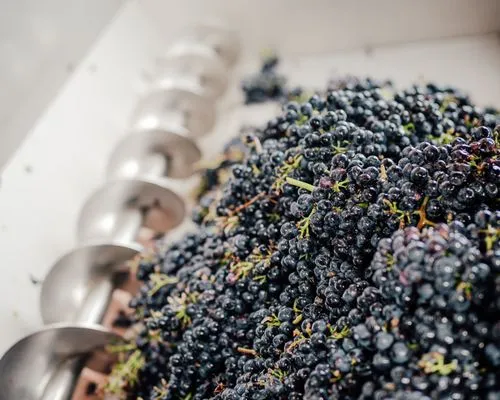The spectacular, often terraced, vineyards of Switzerland's largest wine region stretch along the upper course of the Rhone. Set in the heart of the Alps, this valley carved out by the retreat of glaciers 20,000 years ago enjoys a particularly dry (650 millimetres of rain per year) and sunny (2,500 hours per year) climate. Reinforced by strong and hot foehn winds, this microclimate particularly favours the maturation of late-ripening grape varieties found in the region. It also allows the cultivation of vines at altitudes much higher than in other regions of the country, for example in Visperterminen, at an altitude of 1,100 metres above sea level. Picturesque and endearing Valais – and the same is true of its wines – never leaves visitors indifferent.
Regional grape varieties include Petite Arvine with its citrus or wisteria aromas, its liveliness and its saline notes on the finish. Cornalin stands out among the red grapes with its beautiful expressions, as velvety as they are fruity. These are just a few examples of the many grape varieties grown on these terraces in the heart of the Alps.






